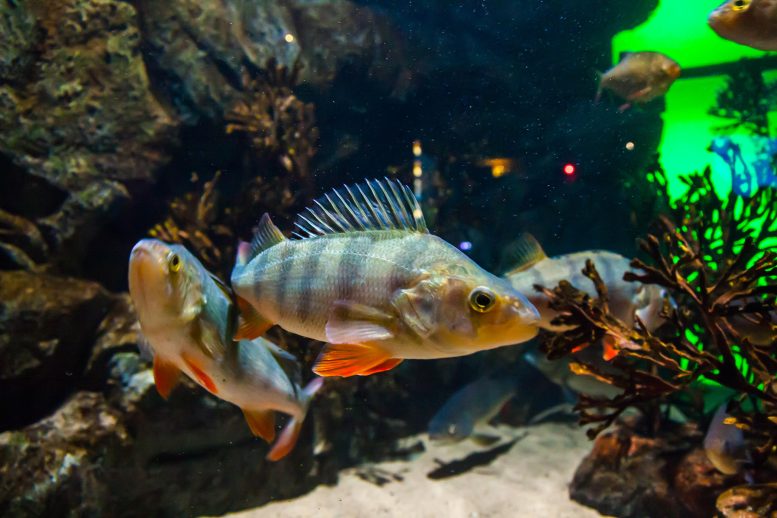
The behavior of small perch exposed to bioplastics in fish food changed over a period of six months. Credit: Elenanoeva
Bioplastics derived from cane sugar also pose potential environmental hazards. A study conducted by the University of Gothenburg suggests that the behavior of perch fish is altered when they are exposed to this so-called bioplastic.
The planet has been inundated with traditional plastic, made from fossil oil, resulting in the pervasive presence of microplastics in all forms of life. This situation has spurred extensive research into alternatives that can degrade more swiftly in the environment. Among these alternatives are bio-based polymers derived from cane sugar. The most commonly used bioplastic, poly-L-lactide (PLA), finds its applications in a multitude of areas including 3D printing, textiles, food packaging, disposable cutlery, and more.

Azora König Kardgar, doctoral student at the Department of Biological and Environmental Sciences at the University of Gothenburg. Credit: University of Gothenburg
PLA plastic changed the behavior of perch
Bioplastics also have a negative impact on biological life. Doctoral student Azora König Kardgar at the University of Gothenburg has found that the behavior of small perch exposed to bioplastics in fish food changed over a period of six months. They reacted far more when they met fellow perch than normal. In addition, there were signs of reduced movement, altered ability to form shoals, and altered reaction when approached by danger.
“Toxicological experiments that analyze animal behavior are very rare. Most commonly, researchers look at physiological changes. We can see that something in PLA plastic causes changes in the fish, but we can’t see what,” says Azora.
Because this research looked at PLA microplastic particles, the researchers also tested feeding the perch with kaolin particles, a white clay used for porcelain and to coat paper. Fish fed with kaolin showed some minor changes in behavior. However, a male sex hormone was affected and some other gene expressions in the fish was curbed, such as the response to stress.
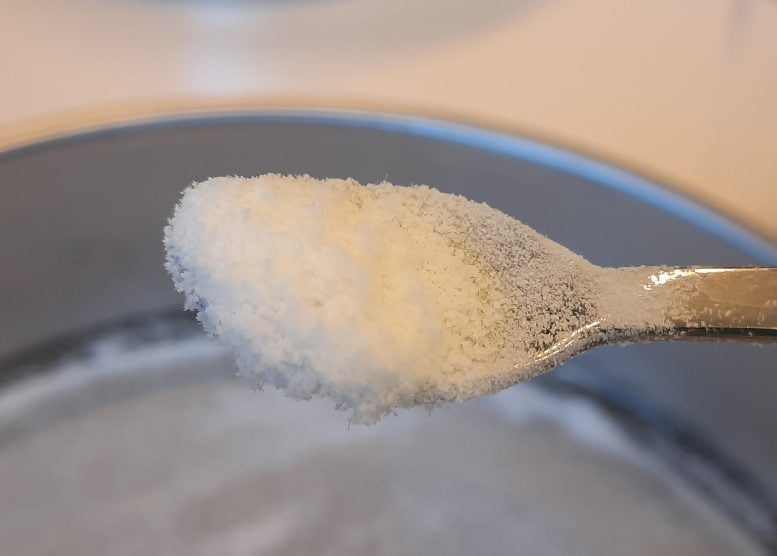
In the experiment, microplastic ground from PLA, a plastic made from sugar cane, was added to fish food, which was then fed to young perch. Credit: University of Gothenburg
PLA is not an environmentally friendly option
“We see that PLA is not harmless to fish, so it should not be sold as an environmentally friendly alternative to ordinary plastic. It should be considered equivalent to ordinary plastic,” says Azora.
Fish were fed for six months with food containing 2 percent PLA, which is about the concentration of ordinary petrochemical plastic used in previous studies. The quantity of kaolin fed to another group of fish was also 2 percent. In addition, there was also a control group of perch fed with uncontaminated food.
Reference: “Chronic poly(l-lactide) (PLA)- microplastic ingestion affects social behavior of juvenile European perch (Perca fluviatilis)” by Azora König Kardgar, Dipannita Ghosh, Joachim Sturve, Seema Agarwal and Bethanie Carney Almroth, 12 April 2023, Science of The Total Environment.
DOI: 10.1016/j.scitotenv.2023.163425

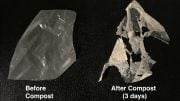

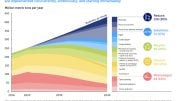

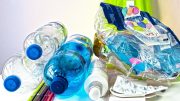
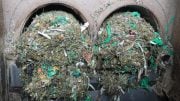
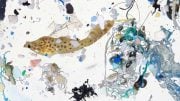
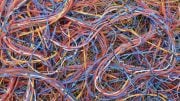
What do them Swede’s know about perch i MN?
European perch is common in Sweden.